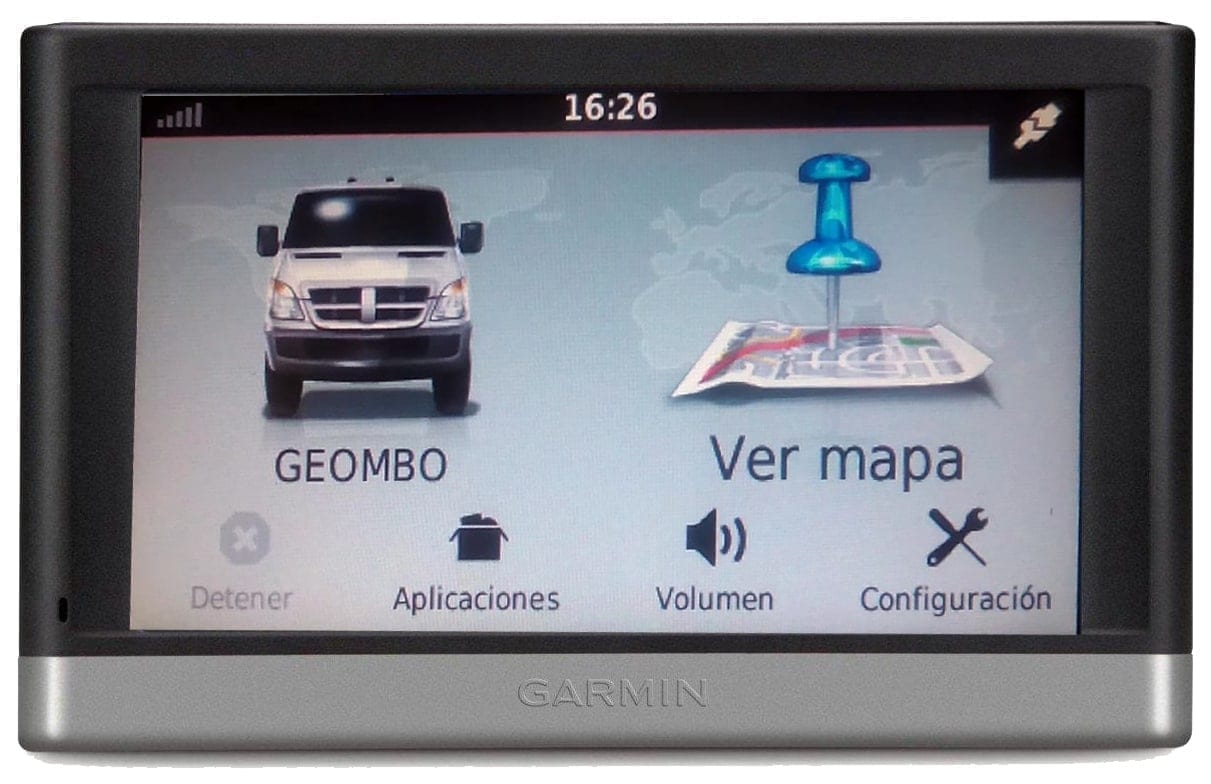Let's think about a smart territory from the point of view of managing your logistics and assets. Its intelligent nature is necessarily linked to the digitisation of the processes that take place in this territory. In this scenario, three main actors coexist, each of which will play a fundamental role in this joint work, which aims at the effectiveness of all its processes.
Who are these actors? The managers, the operators and… the assets and infrastructure on which we act (the territory itself in a broad sense – zones – or, in a functional sense –vehicles, buildings, containers, etc.) or with which we operate. Each of them has a different role to play, in which it will only be successful if it is assisted by technology, in an increasingly complex environment.
For the manager, it is essential to be able to exploit information, for which is needed a dashboard, graphs, consultation reports and pre-configured OLAP cubes. The exchange of files and their audit of access through a repository or document mailbox is another necessary element. The registration of on-demand jobs and incidents related to the service and personnel, is one of the basic functions performed by supervisors, for which it is essential to consult data online in real time and, above all, have the ability to allocate the resources at the supervisor’s disposal in an optimal way.
The operator, for their part, will need to be able to collect all the data generated, directly or indirectly, by their activity, through a PDA or smartphone, not only at the time but also in the place where it is generated, although sometimes this collection is done automatically. In addition, for your work to be successful, you must have some autonomy to register new incidents or new situations that arise when doing your job.
On the other hand, staff can carry out their tasks without going through the base. Being able to carry out daily face-to-face controls by signing in from the same device on which the application is installed is another advantage for the manager, as we have seen previously, meaning the situation of all operators will be clear at all times.
Fleet, container and infrastructure management
The vehicles that make up the fleets are some of the most important assets in these operations. Providing real-time location is already a basic feature. A simple mobile allows us to have follow-up. However, let's think about any type of fleets –sweepers, forklifts, delivery vehicles (large or small), taxis, maintenance vehicles, emergency vehicles (ambulances, police, firefighters, etc.), even mining or agricultural operations – as an example. The first need of managers is to locate the vehicles. But the true utility is obtained when we know other relevant data, such as the condition of the engine, the speed, the fuel level and, in specialised vehicles, for example cleaning vehicles, the loaded water, the container washing system, the weight of a container, the force of the motor…
We can find this information through a GPS/GPRS locator and its corresponding sensorisation, which allows us to monitor, in real time, the situation of these elements and configure alarms and automatic reports for the manager. All of this is thanks to tools such as Geombo, which integrates perfectly with a large number of devices capable of sensing assets, as well as the possibility of approving others beyond than those already audited, for joint use. Geombo has an agreement with Garmin, a leading brand in the market, to enable their devices to be customised to the customer's needs.

Garmin device with integrated Geombo platform

Viewing containers on the map
Another crucial element is the maintenance of assets. For example, in the case of vehicles, reviews, fuel management, available driver profiles, safety measures, even reports on driving style, can be translated into concrete advice to make improvements and, therefore, avoid wear, breakdowns, etc. In the case of urban waste collection containers, we can know when they were last washed and even arrange them on a map to provide estimations while creating a route.
The tablets or screens embedded in the vehicle will allow the operator to register new situations that occur in the course of a service, thus increasing flexibility.

In addition to the above, there is the possibility of optimising the collection routes for these containers through mathematical processes that help to decide the best way to use the fleet, which works for any activity. Thus, for delivery we may be interested in not using all the available vehicles or, in the case of ambulances, assigning those that will arrive soonest based on traffic data.
Returning to containers, another example is sea or land transit containers. To ensure their location is known at all times, sensors with up to 6 months of battery life can be used, which include an auto-off function when no movement is detected, thanks to the built-in accelerometer. These meet the IP67 standard, being dust-tight and capable of withstanding complete immersion to a depth of one metre for 30 minutes. In addition, the sending of information on status and location is remotely programmable, so can be adapted. It is even possible to detect manipulation by unauthorised persons.
All this comes with the possibility of integrating with the company's CRM or ERP and with other platforms, such as CheckingPlan, which open up a wide range of functionalities for the management of processes and spaces, and whose implementation is leading to clear improvements in companies, institutions, cities and territories in recent times due to its extensive benefits and excellent results.